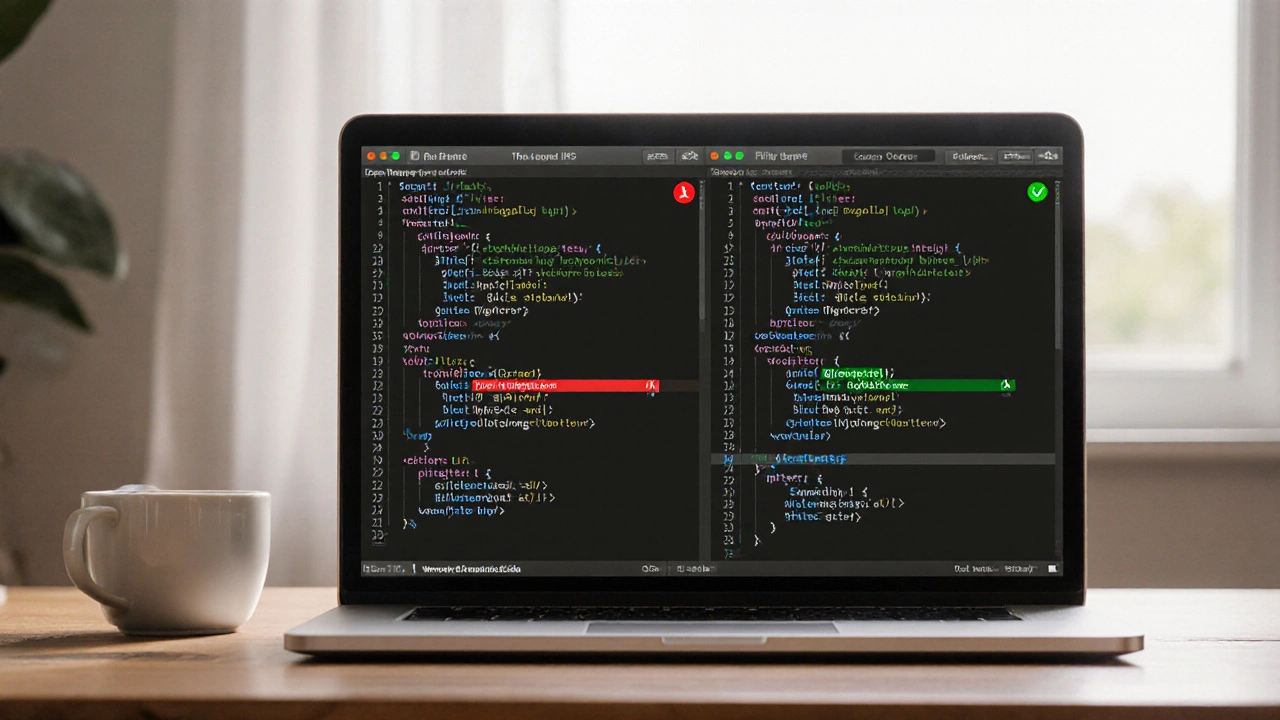Swift Best Practices: Write Clean, Fast, and Maintainable Code
When you write code in Swift, a powerful, intuitive programming language designed by Apple for iOS, macOS, watchOS, and tvOS apps. Also known as Swift programming language, it combines the safety of modern languages with the speed of low-level systems code. But writing Swift that’s fast, readable, and easy to fix later isn’t automatic—it takes discipline. The best developers don’t just use Swift—they follow its design philosophy: clarity over cleverness, safety over shortcuts, and performance over guesswork.
Good Swift coding, the practice of writing efficient, readable, and maintainable code in the Swift language means using optionals correctly, avoiding force-unwrapping, and preferring immutability. It means naming variables so anyone reading your code knows exactly what they do—no abbreviations, no mystery. It means breaking complex logic into small, testable functions instead of one giant method. And it means using Swift’s type system to catch errors before the app even runs. These aren’t opinions—they’re patterns used by teams shipping apps to millions of users.
Performance matters too. Swift performance, how quickly and efficiently Swift code runs on Apple devices isn’t just about algorithms—it’s about how you structure data, when you use structs vs. classes, and how you handle memory. A well-written Swift app uses less battery, loads faster, and crashes less. You don’t need to be a computer scientist to get there. Just follow the basics: avoid unnecessary object creation, prefer value types where possible, and profile your code before optimizing. Most slowdowns come from simple mistakes, not complex logic.
And then there’s the human side. Swift coding standards, a set of agreed-upon rules for writing Swift code that improves readability and team collaboration keep codebases clean when multiple people work on the same project. Consistent formatting, clear comments, and predictable patterns mean new devs can jump in without wasting days figuring out what’s going on. It’s not about rigid rules—it’s about reducing friction. Teams that stick to clear standards ship faster, fix bugs quicker, and stress less.
What you’ll find below aren’t theory-heavy essays. These are real, tested tips from developers who’ve built apps that made it to the App Store. You’ll see how they handle error handling, manage state, structure views, and write tests that actually catch problems. No fluff. No jargon. Just the stuff that makes Swift code work—really work—in the real world.

